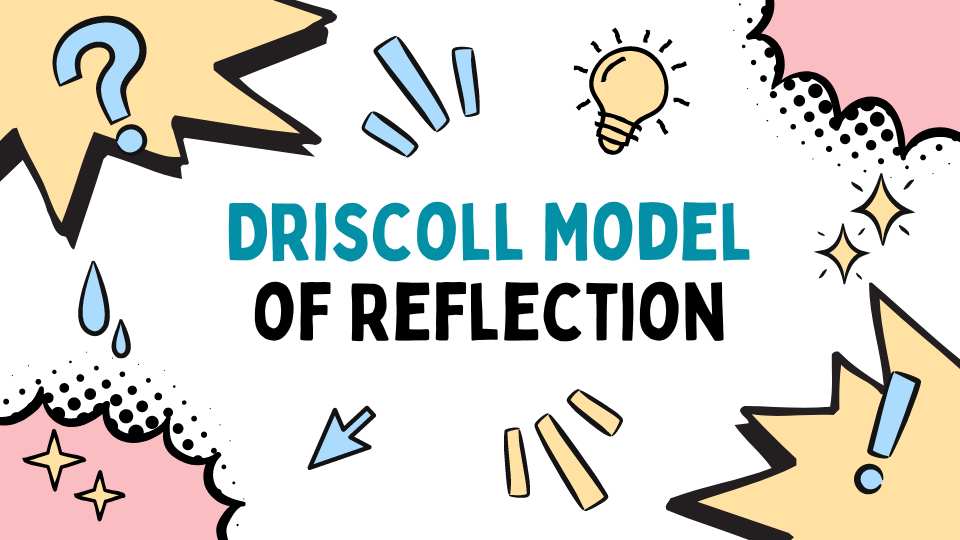Reflection is a cornerstone of professional development, offering invaluable insights to practitioners striving to improve their practice. One of the most systematic approaches to reflection is the Driscoll Model of Reflection, often referenced in academic and professional settings. This guide explores the nuances of the model and offers practical advice on how to reference it effectively.
Understanding the Driscoll Model of Reflection
Developed by John Driscoll in 1994, the Driscoll Model of Reflection is commonly encapsulated by the questions: “What? So What? Now What?” This structure is beneficial for both novice and seasoned professionals, providing a clear framework for reflective practice.
The Three Stages of Driscoll’s Model:

- What? – Description of the event: This stage involves a detailed and objective description of the situation or experience.
- So What? – Analysis of the event: Analyze the implications of the experience, including personal thoughts, feelings, and the impact on practice.
- Now What? – Proposed actions for future events: Focus on applying the insights gained to enhance future practices.
The Driscoll Model of Reflection 2007
In 2007, Driscoll revised his model to emphasize its cyclical nature, underscoring that reflection is an ongoing process rather than a one-time event. This evolution encourages continuous improvement through recurrent reflective cycles.
How to Reference the Driscoll Model of Reflection
Correct referencing of the Driscoll Model of Reflection is crucial in academic work. Below are examples for both APA and Harvard formats:
APA Format:
- Original 1994 model: Driscoll, J. (1994). Reflective practice for practice. Senior Nurse, 14(1), 47-50.
- 2007 version: Driscoll, J. (2007). Practicing Clinical Supervision: A Reflective Approach for Healthcare Professionals. Bailliere Tindall Elsevier.
Harvard Format:
- Original 1994 model: Driscoll, J., 1994. Reflective practice for practice. Senior Nurse, 14(1), pp.47-50.
- 2007 version: Driscoll, J., 2007. Practicing Clinical Supervision: A Reflective Approach for Healthcare Professionals. 2nd ed. Edinburgh: Bailliere Tindall Elsevier.
In-Text Citation Examples:
- “Using Driscoll’s (1994) model of reflection, I considered the ‘What? So What? Now What?’ questions to analyze my experience.”
- “Driscoll’s (2007) updated model emphasizes the cyclical nature of reflection in professional practice.”
Applying the Driscoll Model in Practice
The Driscoll Model is applicable across various professional contexts. Consider the following simplified application:
What? – “During a team meeting, I noticed that some members were not actively participating.” So What? – “This might indicate that some team members feel undervalued, potentially impacting team morale and productivity.” Now What? – “In future meetings, I will encourage more active participation and engage with less involved members individually.”
Conclusion
Whether you’re referencing the Driscoll Model of Reflection 1994 or its 2007 revision, this model offers a straightforward framework for enhancing reflective practice. Proper referencing not only demonstrates academic integrity but also deepens your understanding of reflection as a process.
Mastering reflective models like Driscoll’s ensures that you are not merely experiencing but learning and growing from each event. This model is especially valuable for students, educators, healthcare professionals, and other practitioners seeking continuous professional development.

Leave a Reply